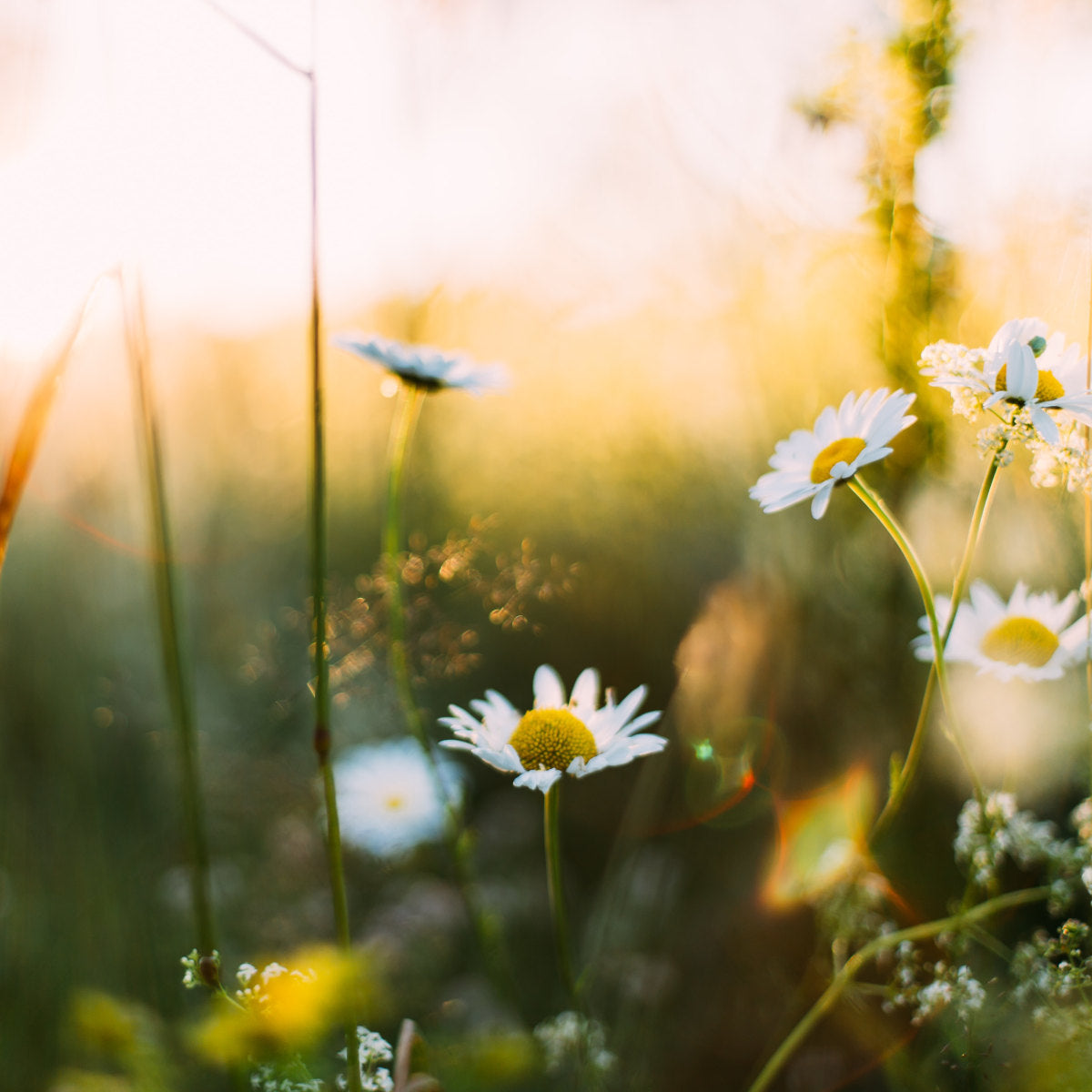4 min read
Introduction
As the first whispers of spring are heard, Imbolc calls to us. This ancient festival marks the halfway point between the dark of winter and the rebirth of spring. As we honor the return of light and the stirrings of new beginnings we explore Imbolc, a sacred Sabbat on the Wiccan Wheel of the year. In this blog post, we will explore the rich rituals, foods, colors, and symbols that embody the essence of Imbolc, and discover ways to celebrate this powerful Sabbat in a personal and meaningful way.
Celebrating the Coming of Spring at Imbolc
As the snow begins to melt and the first signs of spring peek through the ground, the ancient festival of Imbolc approaches. Imbolc marks the beginning of spring, and the return of light, warmth, and fertility. It is a time of renewal and new beginnings, a time to honor the goddess Brigid and celebrate the coming of spring. Imbolc is an important time of year for Wiccans and Pagans to make changes in their lives. As we cleanse our spaces and plant new herbs, we also take time for personal reflection and inner growth. This is a time for projects that can bring you success in the future—whether it's starting a garden, making plans for your career or business, or even spending more time with friends and family. We take stock of our progress and make necessary adjustments to ensure that we are on the right path.
Imbolc is traditionally celebrated on February 2nd in the Northern Hemisphere. Many Wiccans and Neo-pagans living in the Southern Hemisphere celebrate it instead on August 1st or 2nd.
Cleanse, Renew, and Prepare for the Year Ahead
Imbolc is a time of purification, inspiration, and protection, and many rituals performed during this Sabbat center on these themes. Here are a few examples of Imbolc rituals:
- Candle Ritual: This ritual involves lighting a white candle and reciting a prayer or intention for purification and protection for the coming year. The candle can be left burning for the duration of the ritual and can be used to light other candles throughout the year as a reminder of the intentions set during Imbolc.
- Spring cleaning: This ritual involves physically cleaning and purifying the home, getting rid of anything that is no longer needed, and making space for new beginnings. This can also include a spiritual cleaning, such as smudging with sage or incense.
- Water ritual: This ritual involves using water as a symbol of purification, by taking a ritual bath or by pouring water over your body while reciting a prayer or intention. Water is also associated with the goddess Brigid, who is associated with healing, fertility, and abundance.
- Brigid's Cross Making: This ritual involves weaving a cross made of rushes or straw to symbolize the protection of the home, and the coming of spring. This ritual has a strong link to the goddess Brigid, who is associated with the protection of the home and hearth.
- Poetry and Song: This ritual involves creating poetry or song to honor the goddess Brigid, the goddess of poetry and inspiration. This ritual can be done individually or in a group and can be shared with others as an offering to Brigid.
Embrace the power of Imbolc to cleanse and renew your mind, body, and spirit, as you prepare for the year ahead.
Incorporating Your Own Traditions and Rituals
Personally, I love to celebrate Imbolc with my husband by preparing a special dinner together that incorporates traditional Imbolc symbols. We could, for instance, make a traditional bread-and-butter dish and serve lamb meat as the main course. We also like to include leafy greens and root vegetables, which are in season during Imbolc. As we sit down to enjoy our meal, we light a white candle—a symbol of the return of the light and springtime.
After dinner, I like to transition into a solitary ritual that is appropriate for the Sabbat. I like to incorporate elements of purification and protection into my ritual. For example, for Imbolc, I might take a purifying ritual bath where I light some incense—for instance, frankincense or myrrh.
I also like to incorporate traditional Imbolc symbols such as white and yellow colors, and early-blooming flowers such as snowdrops, crocuses, or others. Overall, I think that incorporating traditional Imbolc symbols into your celebration, whether it be through food, colors, crystals, and flowers, can help to connect you with the themes and energies of the sabbat and honor the goddess Brigid.
Conclusion
In conclusion, Imbolc is a powerful and transformative time on the Wiccan Wheel of the Year. As we honor the return of light and new beginnings, we delve into the rich traditions, rituals, foods, colors, and symbols that embody the essence of Imbolc. From candle rituals and spring cleaning to water rituals and poetry and song, there are many ways to celebrate this sacred sabbat in a personal and meaningful way. Embrace the power of Imbolc to cleanse and renew your mind, body, and spirit as you prepare for the year ahead. May the magic and mystery of Imbolc inspire your own unique traditions and bring new growth and abundance to your life.

